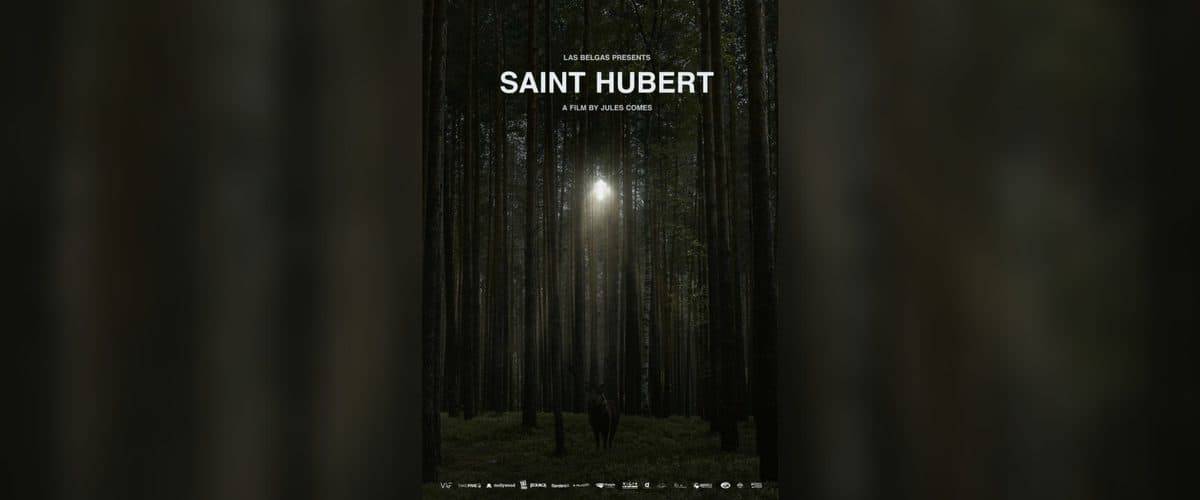
The thick forests of Eastern Belgium, and a thorough search by police and local authorities – this is the contrasting image with which Saint Hubert starts. From the very first frame, it beautifully portrays the purity of untamed nature, and the coming of men feels like an invasion of privacy, like a thing that should not be. When one of the officers in charge of the search shoots an injured deer in order to cease its suffering instead of attempting to help it, an old forester living in the nature reserve confronts the authorities, and warns them against causing further damage. Although the initial confrontation ends peacefully, the old man is relentless in his defence of his lands, and this brief encounter will likely not be the last that the officers see of him.
The film, written and directed by Belgian filmmaker Jules Comes, offers a case study in how mankind’s expansion and continuous development irreversibly damage nature. It does so subtly, with a story that crafts a perfect balance between action, folklore and a moralising tone. It showcases a contrast between peaceful natural imagery, splendidly accompanied by orchestral music in a style not very dissimilar to the one that Lars von Trier sometimes employs, and scenes of a predominantly conflictual nature every time the outsiders step in. This style is extremely effective in highlighting the substance of the film without overtly or directly referencing a theme – save for the opening introduction, that is.
Another intriguing detail about how ‘Saint Hubert‘’s plot is conceived is that it offers a somewhat common basic structure, but the allegiance system works differently. Both conflicting sides – which can be also conceptualised as collective characters working through their direct representatives – are certainly not one sided, and both are doing their respective jobs through any means necessary. Audiences will likely not sympathise with or relate to the characters per se, but with that for which they stand for. With this thought in mind, another highlight to look for consists of instances where either character is placed outside their natural context, and the impact this situation has on them. It is all very cleverly though of, and very evocative in hindsight.
We’ve been heaping praise on how significant ‘Saint Hubert’’s story feels – but that’s far from the only positive. The acting, especially from the actors giving life to the two main characters, is top-notch, the cinematography is nothing short of spectacular, and the story flows very dynamically, not leaving one moment for boredom to instil. There is indeed a handful of quieter moments, but these very aptly offer contemplative moments in-between more intense action scenes, and the two interlock very well, offering a sort of bridging structure. For its spectacular presentation style, meaningful story and entertaining nature, all harmoniously mixed under one single roof, we decided to award ‘Saint Hubert’ with the year’s final Film of the Month distinction, in December 2017.
TMFF RATING:











